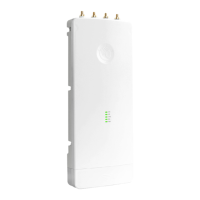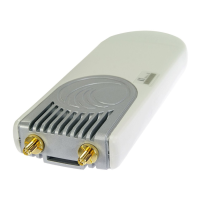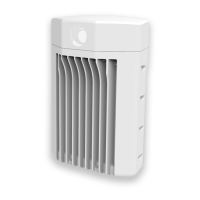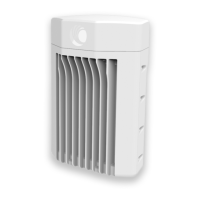CHAPTER 2: SYSTEM HARDWARE
PAGE 2-3
Site planning
Conduct a site survey to ensure that the proposed sites meet the requirements defined in this section.
Site installation
An ePMP site typically consists of a high supporting structure such as a mast, tower or building for the
devices.
Find a location for the device that meets the following requirements:
The equipment is high enough to achieve the best radio path.
People can be kept a safe distance away from the equipment when it is radiating. The safe
separation distances are defined in Calculated distances and power compliance margins on page 6-
73.
The equipment is lower than the top of the supporting structure (tower, mast or building) or its
lightning air terminal.
There is one Ethernet interface, a copper Cat5e connection from the device to the power supply
and network terminating equipment.
Grounding and lightning protection
Structures, equipment and people must be protected against power surges (typically caused by
lightning) by conducting the surge current to ground via a separate preferential solid path. The actual
degree of protection required depends on local conditions and applicable local regulations. To
adequately protect an ePMP installation, both ground bonding and transient voltage surge suppression
are required.
Warning Electro-magnetic discharge (lightning) damage is not covered under
warranty. The recommendations in this guide, when followed correctly, give the user
the best protection from the harmful effects of EMD. However 100% protection is
neither implied nor possible.
Details of lightning protection methods and requirements can be found in the international standards
IEC 61024-1 and IEC 61312-1, the U.S. National Electric Code ANSI/NFPA No. 70-1984 or section 54 of the
Canadian Electric Code.
Note International and national standards take precedence over the requirements in
this guide.

